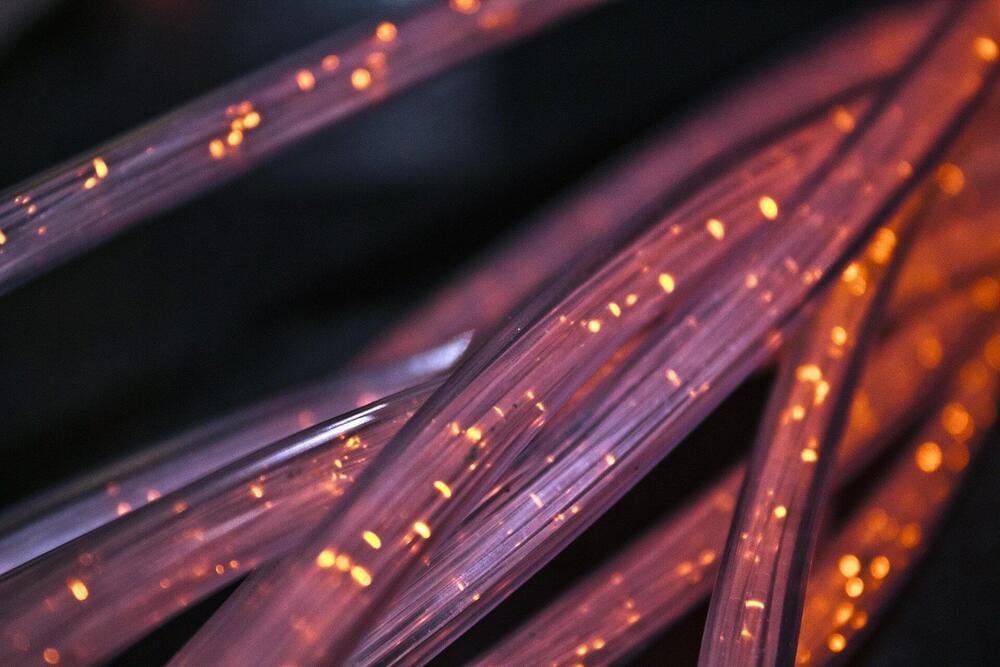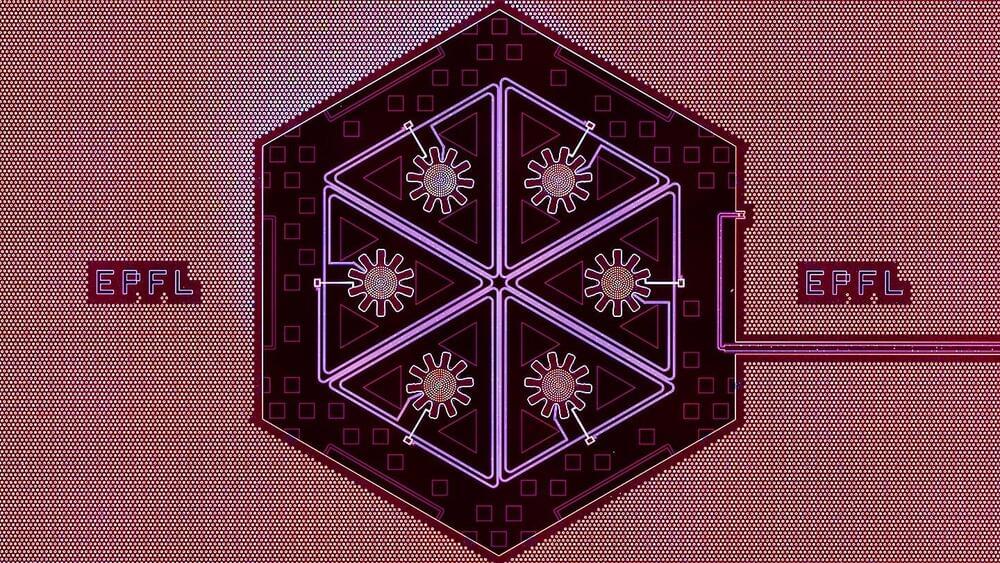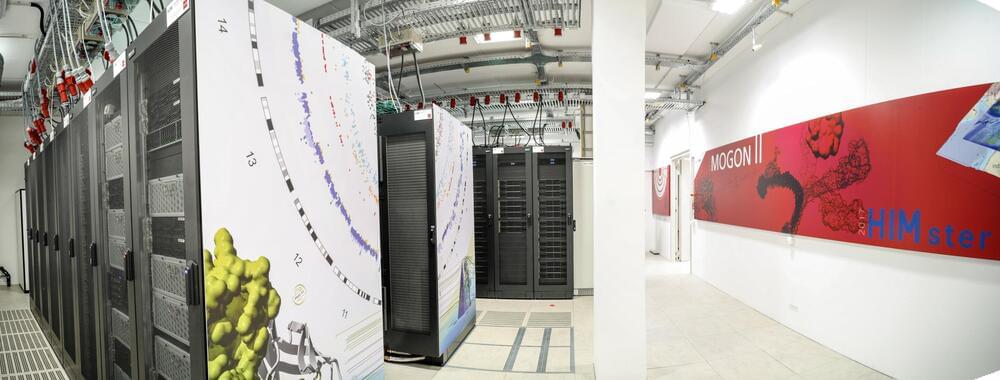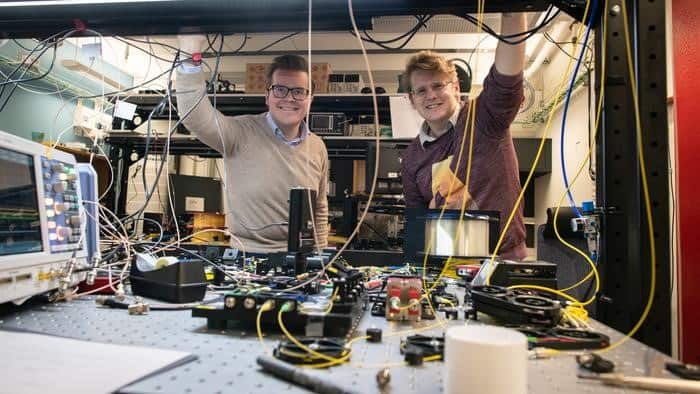UC Santa Barbara researchers developed a compact, low-cost laser that matches the performance of lab-scale systems. Using rubidium atoms and advanced chip integration, it enables applications like quantum computing, timekeeping, and environmental sensing, including satellite-based gravitational mapping.
For experiments requiring ultra-precise atomic measurements and control—such as two-photon atomic clocks, cold-atom interferometer sensors, and quantum gates—lasers are indispensable. The key to their effectiveness lies in their spectral purity, meaning they emit light at a single color or frequency. Today, achieving the ultra-low-noise, stable light necessary for these applications relies on bulky and expensive tabletop laser systems designed to generate and manage photons within a narrow spectral range.
But what if these atomic applications could break free from the confines of labs and benchtops? This is the vision driving research in UC Santa Barbara engineering professor Daniel Blumenthal’s lab, where his team is working to replicate the performance of these high-precision lasers in lightweight, handheld devices.








